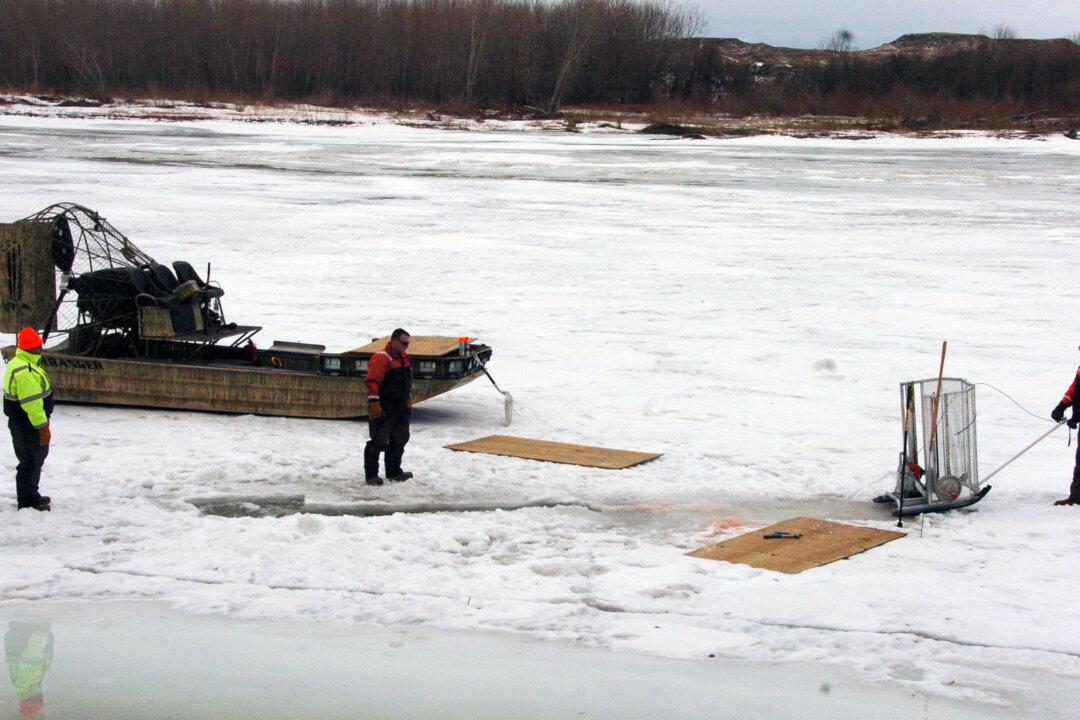The 50,000-gallon Poplar Pipeline oil spill near the Yellowstone River in Montana shows how dangerous oil pipelines are, said a Greenpeace researcher.
Jesse Coleman with the environmental group tells Epoch Times that the spill, which took place on Saturday near the Montana city of Glendive, “is yet another example of how dangerous oil pipelines like Keystone are to the communities that surround them.”
In a yearly update, the U.S. Environmental Protection Agency (EPA) said there’s more than 14,000 oil spills from pipelines and tankers of varying sizes across the United States each year.
Coleman notes the controversial Keystone XL pipeline extension would be three times larger than the 12-inch Poplar Pipeline. Portions of the proposed Keystone pipeline would be located near the Poplar line in Montana if it is completed.





